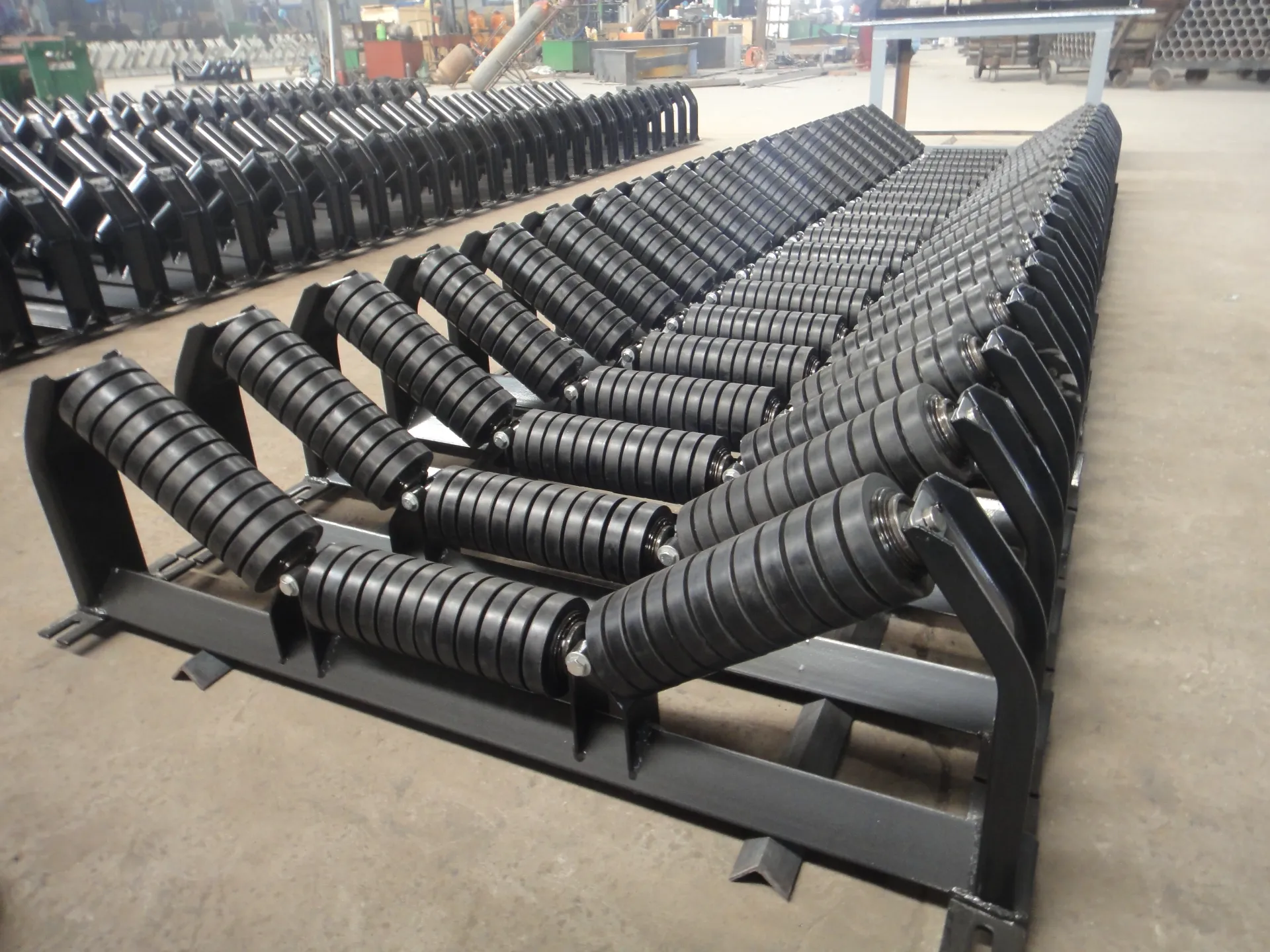 Afrikaans
Afrikaans  Albanian
Albanian  Amharic
Amharic  Arabic
Arabic  Armenian
Armenian  Azerbaijani
Azerbaijani  Basque
Basque  Belarusian
Belarusian  Bengali
Bengali  Bosnian
Bosnian  Bulgarian
Bulgarian  Catalan
Catalan  Cebuano
Cebuano  Corsican
Corsican  Croatian
Croatian  Czech
Czech  Danish
Danish  Dutch
Dutch  English
English  Esperanto
Esperanto  Estonian
Estonian  Finnish
Finnish  French
French  Frisian
Frisian  Galician
Galician  Georgian
Georgian  German
German  Greek
Greek  Gujarati
Gujarati  Haitian Creole
Haitian Creole  hausa
hausa  hawaiian
hawaiian  Hebrew
Hebrew  Hindi
Hindi  Miao
Miao  Hungarian
Hungarian  Icelandic
Icelandic  igbo
igbo  Indonesian
Indonesian  irish
irish  Italian
Italian  Japanese
Japanese  Javanese
Javanese  Kannada
Kannada  kazakh
kazakh  Khmer
Khmer  Rwandese
Rwandese  Korean
Korean  Kurdish
Kurdish  Kyrgyz
Kyrgyz  Lao
Lao  Latin
Latin  Latvian
Latvian  Lithuanian
Lithuanian  Luxembourgish
Luxembourgish  Macedonian
Macedonian  Malgashi
Malgashi  Malay
Malay  Malayalam
Malayalam  Maltese
Maltese  Maori
Maori  Marathi
Marathi  Mongolian
Mongolian  Myanmar
Myanmar  Nepali
Nepali  Norwegian
Norwegian  Norwegian
Norwegian  Occitan
Occitan  Pashto
Pashto  Persian
Persian  Polish
Polish  Portuguese
Portuguese  Punjabi
Punjabi  Romanian
Romanian  Russian
Russian  Samoan
Samoan  Scottish Gaelic
Scottish Gaelic  Serbian
Serbian  Sesotho
Sesotho  Shona
Shona  Sindhi
Sindhi  Sinhala
Sinhala  Slovak
Slovak  Slovenian
Slovenian  Somali
Somali  Spanish
Spanish  Sundanese
Sundanese  Swahili
Swahili  Swedish
Swedish  Tagalog
Tagalog  Tajik
Tajik  Tamil
Tamil  Tatar
Tatar  Telugu
Telugu  Thai
Thai  Turkish
Turkish  Turkmen
Turkmen  Ukrainian
Ukrainian  Urdu
Urdu  Uighur
Uighur  Uzbek
Uzbek  Vietnamese
Vietnamese  Welsh
Welsh  Bantu
Bantu  Yiddish
Yiddish  Yoruba
Yoruba  Zulu
Zulu Bend Pulley Systems for Conveyor Belt Applications and Their Benefits
Understanding Conveyor Bend Pulleys and Their Importance in Material Handling
In the realm of industrial operations and material handling, conveyor systems play a vital role. Among the various components that make up these systems, bend pulleys are often overlooked yet crucial for ensuring the smooth and efficient functioning of conveyor belts. This article aims to delve into the significance of conveyor bend pulleys, exploring their design, functionality, and the impact they have on operational efficiency.
What is a Conveyor Bend Pulley?
A conveyor bend pulley is a key component in conveyor belt systems, typically located at the points where the conveyor belt changes direction. These pulleys act as guides that support and redirect the belt, ensuring it maintains its intended path while minimizing wear. The design of bend pulleys can vary significantly depending on the application, but they are generally cylindrical in shape and made from durable materials capable of withstanding harsh working conditions.
Design and Construction
Bend pulleys are usually constructed from high-strength steel or other robust materials to endure the mechanical stresses involved in material handling. The diameter of these pulleys can vary but is typically tailored to the specific requirements of the conveyor system. It is essential that bend pulleys are designed with appropriate shaft dimensions and bearing systems to handle the load and speed of the conveyor belt.
Moreover, the surface of the pulley may be equipped with various coatings or textures to enhance grip and prevent slippage. Depending on the application's nature—be it a mining operation, packaging line, or manufacturing process—the bend pulley can also feature added design elements such as crowns, grooves, or rubber linings to improve performance and longevity.
Functionality of Bend Pulleys
conveyor bend pulley

The primary function of conveyor bend pulleys is to change the direction of the conveyor belt. This is crucial in systems that require multiple conveyor lines or when navigating around obstacles. By guiding the belt at specific angles—typically 30, 45, or 90 degrees—bend pulleys help facilitate a seamless transfer of materials from one section of the conveyor to another.
Additionally, bend pulleys contribute to the overall tensioning of the belt. By maintaining the appropriate level of tension, they ensure that the belt operates efficiently, minimizing the risk of slippage or misalignment. This is particularly critical in high-load applications where excessive tension can lead to belt damage or premature wear.
Impact on Operational Efficiency
The efficiency of a conveyor system greatly hinges on the performance of its components, including bend pulleys. A well-designed and properly maintained bend pulley can significantly reduce downtime by preventing belt misalignments and failures. Regular maintenance practices—such as lubrication, inspections for wear and tear, and alignment checks—are essential to prolonging the life of these pulleys and enhancing the overall efficiency of the conveyor system.
Furthermore, investing in high-quality bend pulleys can lead to substantial cost savings. Reduced downtime translates into increased productivity, while preventing premature belt replacement can save significant operational costs. By ensuring that bend pulleys are optimized for the specific requirements of the conveyor system, businesses can enhance their material handling processes, streamline operations, and ultimately improve their bottom line.
Conclusion
In conclusion, conveyor bend pulleys are integral components of material handling systems, playing a critical role in guiding and supporting conveyor belts. Their design, functionality, and maintenance are vital for ensuring the efficient operation of conveyor systems across various industries. As businesses continue to evolve and seek more efficient ways to handle materials, the importance of high-quality conveyor bend pulleys will remain paramount. By understanding their significance and investing in appropriate technologies, organizations can unlock the full potential of their conveyor systems, leading to enhanced productivity and operational success.
-
Revolutionizing Conveyor Reliability with Advanced Rubber Lagging PulleysNewsJul.22,2025
-
Powering Precision and Durability with Expert Manufacturers of Conveyor ComponentsNewsJul.22,2025
-
Optimizing Conveyor Systems with Advanced Conveyor AccessoriesNewsJul.22,2025
-
Maximize Conveyor Efficiency with Quality Conveyor Idler PulleysNewsJul.22,2025
-
Future-Proof Your Conveyor System with High-Performance Polyurethane RollerNewsJul.22,2025
-
Driving Efficiency Forward with Quality Idlers and RollersNewsJul.22,2025





























